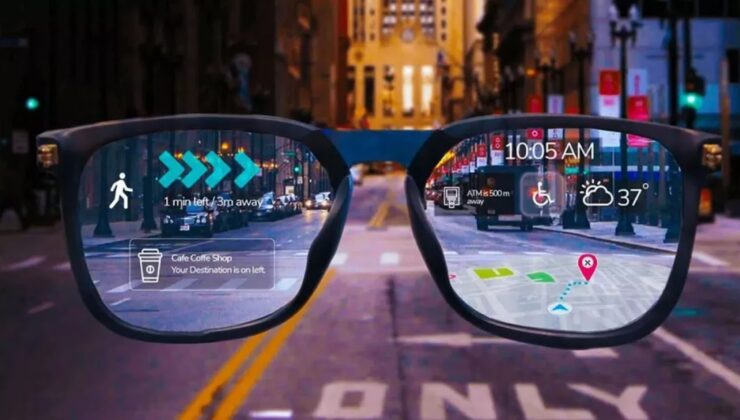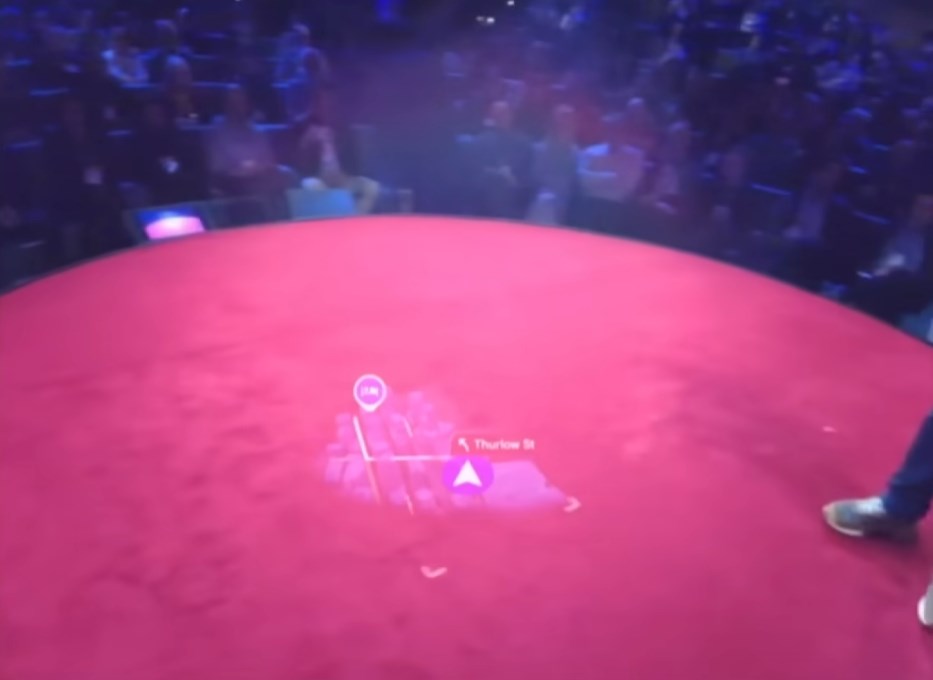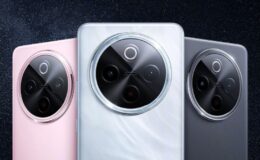

In the rapidly evolving landscape of wearable technology, smart glasses have emerged as the latest trend gaining momentum. This innovation, initially pioneered by Meta in collaboration with Ray-Ban, is now attracting significant attention from tech giants such as Apple, Samsung, and Google. Most recently, Google has brought its Android XR-powered smart glasses prototype into the spotlight with a live demonstration, offering the public a firsthand look at its capabilities.

During the TED2025 conference, Google’s Android XR lead Shahram Izadi and product manager Nishtha Bhatia showcased the glasses in action for the first time beyond promotional videos and limited press previews. This marked an exciting milestone in the journey of Google’s innovative eyewear.
At first glance, these smart glasses resemble a regular pair of glasses, but their technological prowess sets them apart. Equipped with a high-resolution color display, integrated microphones, speakers, and a mini camera, they also support prescription lenses and can connect seamlessly with smartphones.
The live demo at the event showcased a multitude of capabilities designed to simplify daily tasks. Izadi demonstrated the practicality of the glasses by displaying presentation notes directly on the lenses. The highlight of the demonstration was the introduction of the Gemini artificial intelligence assistant. With just voice commands, Bhatia was able to compose a haiku, recall the title of a previously seen book, and locate a misplaced hotel key card, showcasing Gemini’s advanced visual memory and natural language processing capabilities.

These glasses are not merely an assistant but a personal information terminal. They translated an English sign with the word “Welcome” into Farsi and then into Hindi at the user’s request, all without altering any settings. Other advanced features, such as visual explanations, diagram interpretation, and music album recognition with track playback, were also highlighted. The glasses’ augmented reality navigation feature, with a 3D map overlaid in the user’s field of view, promises to revolutionize the traditional navigation experience.
The Android XR platform, announced last December in collaboration with Samsung and Qualcomm, underpins this new generation of devices. Popular apps like YouTube, Google Maps, Chrome, and Google Photos have been integrated and redesigned for the XR environment, featuring multi-window support, 3D visualization, and gesture control. Importantly, these glasses maintain compatibility with existing Android applications.
Google’s pioneering efforts have seemingly accelerated Samsung‘s development timeline. The South Korean tech leader is reportedly preparing to unveil its own smart glasses, codenamed Haean, later this year. According to leaks, Haean aims to blend seamlessly into everyday life with its understated design and sunglasses-like appearance. As the year unfolds, it is evident that smart glasses will be a hot topic of discussion and technological advancement.
ENGLİSH
7 gün önceSİGORTA
7 gün önceSİGORTA
7 gün önceSİGORTA
10 gün önceSİGORTA
12 gün önceSİGORTA
12 gün önceDÜNYA
21 gün önce 1
Elon Musk’s Father: “Admiring Putin is Only Natural”
11632 kez okundu
1
Elon Musk’s Father: “Admiring Putin is Only Natural”
11632 kez okundu
 2
7 Essential Foods for Optimal Brain Health
11454 kez okundu
2
7 Essential Foods for Optimal Brain Health
11454 kez okundu
 3
xAI’s Grok Chatbot Introduces Memory Feature to Rival ChatGPT and Google Gemini
10864 kez okundu
3
xAI’s Grok Chatbot Introduces Memory Feature to Rival ChatGPT and Google Gemini
10864 kez okundu
 4
Minnesota’s Proposed Lifeline Auto Insurance Program
9554 kez okundu
4
Minnesota’s Proposed Lifeline Auto Insurance Program
9554 kez okundu
 5
Introducing Vivo Y300 Pro+: A Blend of Power and Affordability
7487 kez okundu
5
Introducing Vivo Y300 Pro+: A Blend of Power and Affordability
7487 kez okundu
Veri politikasındaki amaçlarla sınırlı ve mevzuata uygun şekilde çerez konumlandırmaktayız. Detaylar için veri politikamızı inceleyebilirsiniz.